Google Wave review: first look
Google Wave has been the most hyped product on the internet since the introduction of Google’s Gmail. We take a look at what it’s got to offer and ask if it really is going to replace email.
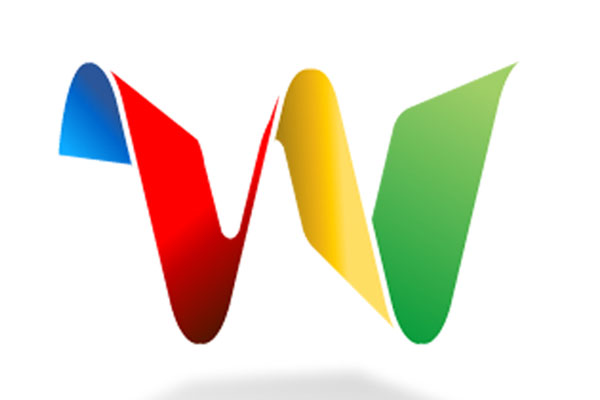

If you're in any way tuned into the online tech universe, you will have noticed the wires buzzing with noise over Google Wave, the latest technology to come out of the idea factory that is Google.
An early version of Google Wave has been available to developers since its I/O conference' back in late May, but in the last few weeks invitations to join have been sent to a selected few who signed up for access, or for those nominated by those who already have accounts. These have been limited in numbers and have taken a long while to get through Google's system and, as such, these invitations are like gold dust.
The frenzy has been such that invites have even been placed on eBay, making it the most hyped new event online since Gmail.
Thankfully, IT PRO has finally gained access without having to resort to eBay and since then we've been trying to get our heads round this innovative but also confusing application.
The project has been headed up by the Rasmussen brothers, who first developed the Google Maps project. But Google does have a reputation for getting excited about projects and then getting distracted by the next big thing and for for every Google Maps, there's also a Google Lively.
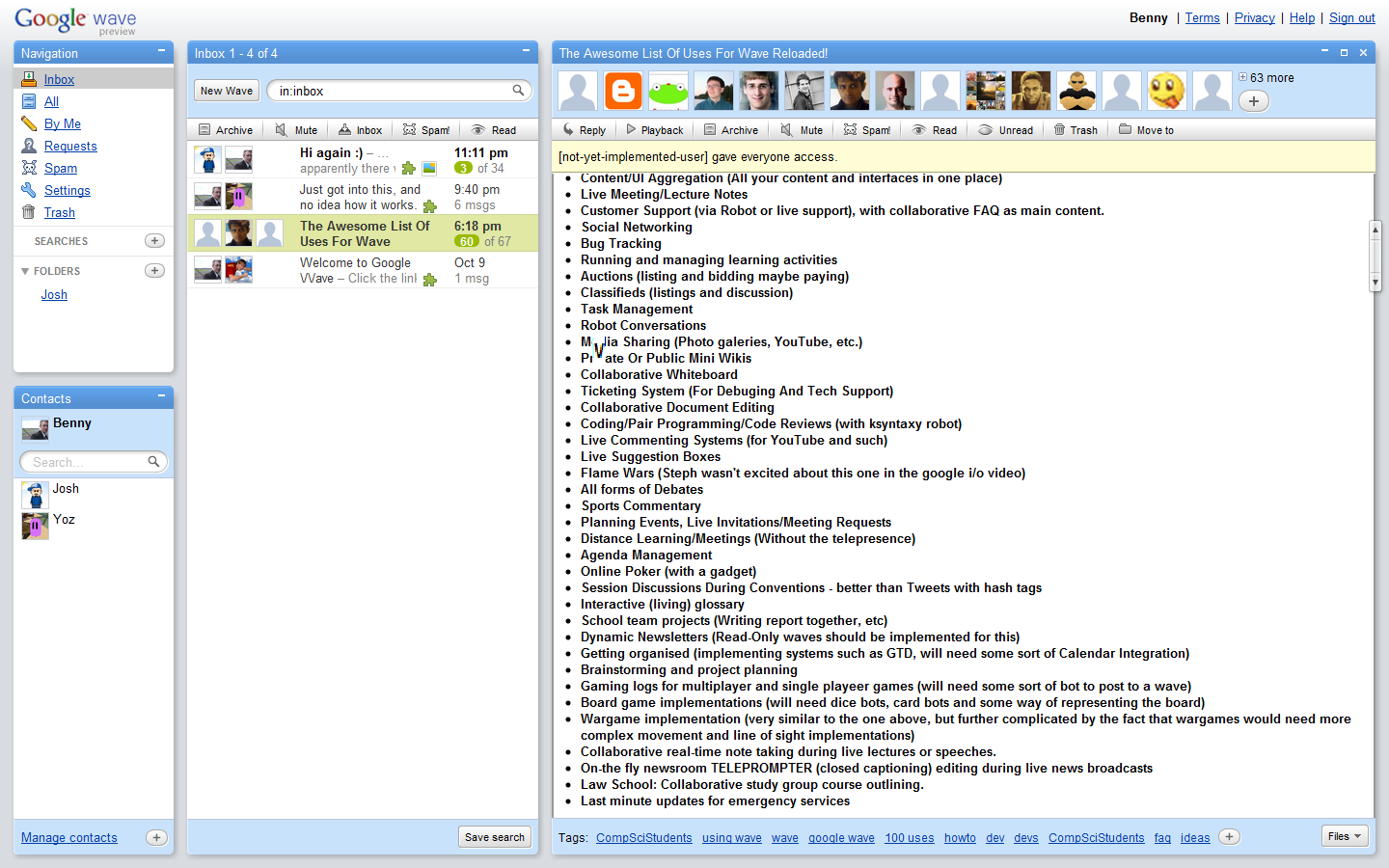
So will Google Wave turn into a tsunami or will it crash and disappear on the rocks of indifference?
At the I/O conference, Lars Rasmussen, Google's software engineering manager, explained that Google Wave was Google's take on what email would look like if it was re-invented today. As he observed, email was a system that was invented some 40 years ago, long before the world wide web as we know it. Email simply mimics snail mail, while instant messaging is a text version of the phone call. Things have got rather more sophisticated since then, with blogs, wikis and bulletin boards among the many other ways of communicating.
Get the ITPro daily newsletter
Sign up today and you will receive a free copy of our Future Focus 2025 report - the leading guidance on AI, cybersecurity and other IT challenges as per 700+ senior executives
So what is Google Wave? It is at its most basic a way of communicating and perhaps most importantly with collaborating with either one, or a great many people. In true Google style, it is a technology that works entirely in the browser, using HTML5 code, and as such works in Chrome, Safari, and Firefox but not in Opera, and in Internet Explorer only if using Google's Chrome Frame workaround.
Benny Har-Even is a twenty-year stalwart of technology journalism who is passionate about all areas of the industry, but telecoms and mobile and home entertainment are among his chief interests. He has written for many of the leading tech publications in the UK, such as PC Pro and Wired, and previously held the position of technology editor at ITPro before regularly contributing as a freelancer.
Known affectionately as a ‘geek’ to his friends, his passion has seen him land opportunities to speak about technology on BBC television broadcasts, as well as a number of speaking engagements at industry events.
-
 Should AI PCs be part of your next hardware refresh?
Should AI PCs be part of your next hardware refresh?AI PCs are fast becoming a business staple and a surefire way to future-proof your business
By Bobby Hellard Published
-
 Westcon-Comstor and Vectra AI launch brace of new channel initiatives
Westcon-Comstor and Vectra AI launch brace of new channel initiativesNews Westcon-Comstor and Vectra AI have announced the launch of two new channel growth initiatives focused on the managed security service provider (MSSP) space and AWS Marketplace.
By Daniel Todd Published
-
 New Microsoft Teams features for business users
New Microsoft Teams features for business usersIn-depth All the latest Microsoft Teams features after the platform is given a redesign, complete with an AI-powered assistant and a faster engine
By Danny Bradbury Published
-
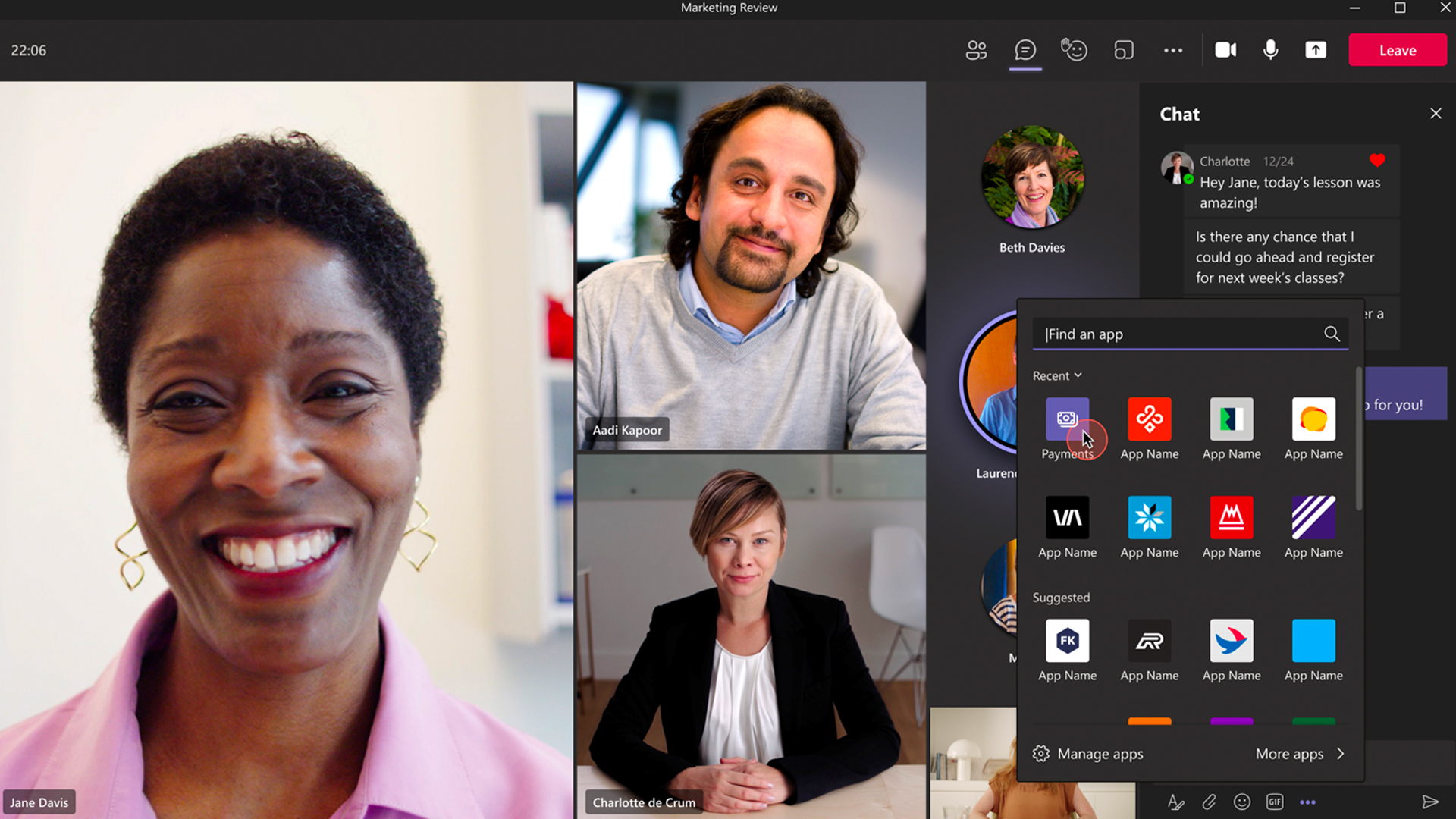 Microsoft Teams now allows SMBs to collect payments in meetings
Microsoft Teams now allows SMBs to collect payments in meetingsNews With the help of PayPal, Stripe, and GoDaddy, the Microsoft Teams Payments app offers in-meeting payment requests
By Connor Jones Published
-
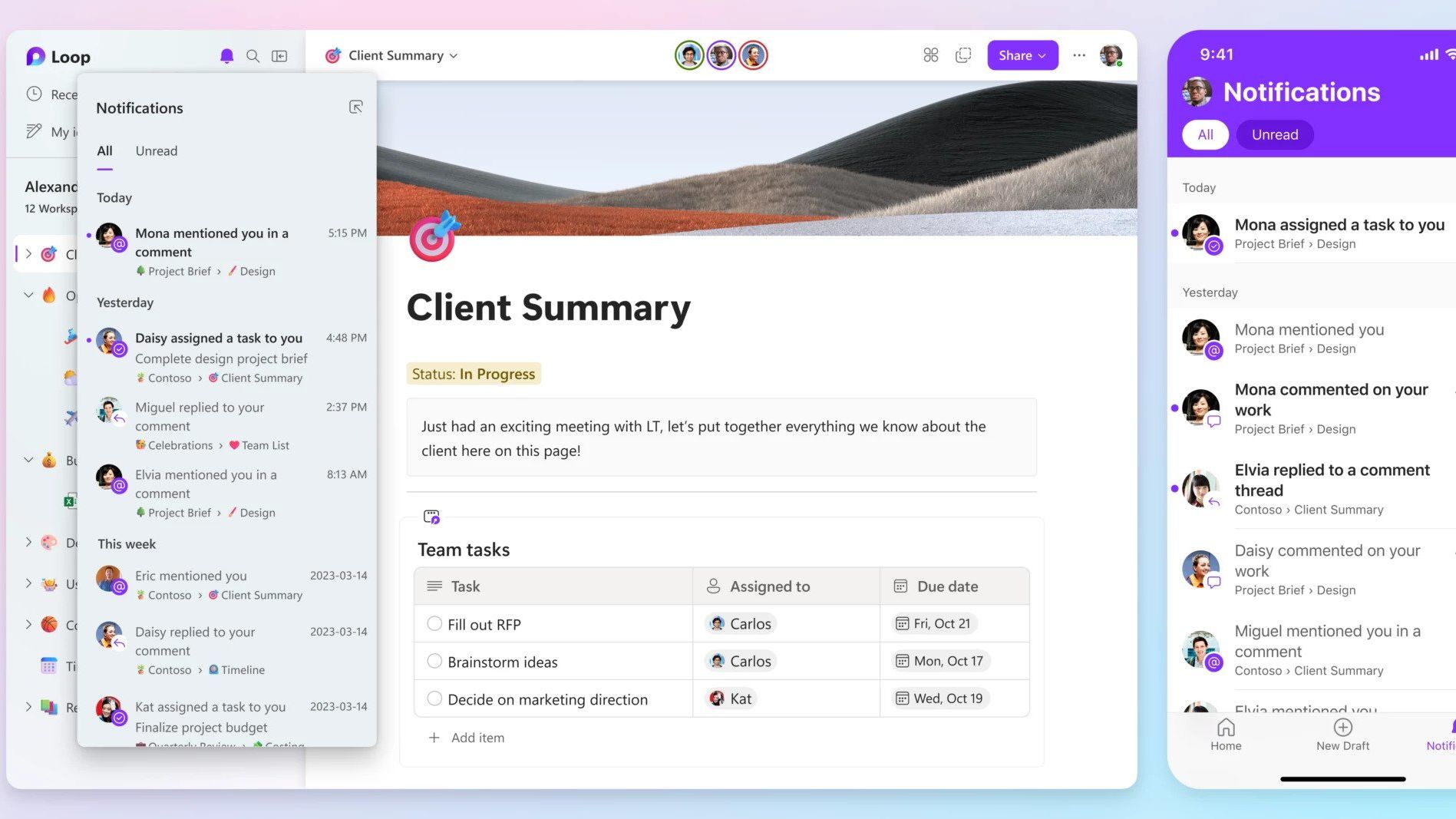 Microsoft launches collaboration platform Loop, its answer to Notion
Microsoft launches collaboration platform Loop, its answer to NotionNews Greater collaboration tools are coming to the Microsoft 365 suite, aiming to help teams work together without having to jump between different apps
By Zach Marzouk Published
-
 Meta Quest Pro preview: Meet Meta's 'laptop killer'
Meta Quest Pro preview: Meet Meta's 'laptop killer'Opinion We go hands-on with the Meta Quest Pro, as the firm banks on turning hardware preferences upside down
By Bobby Hellard Published
-
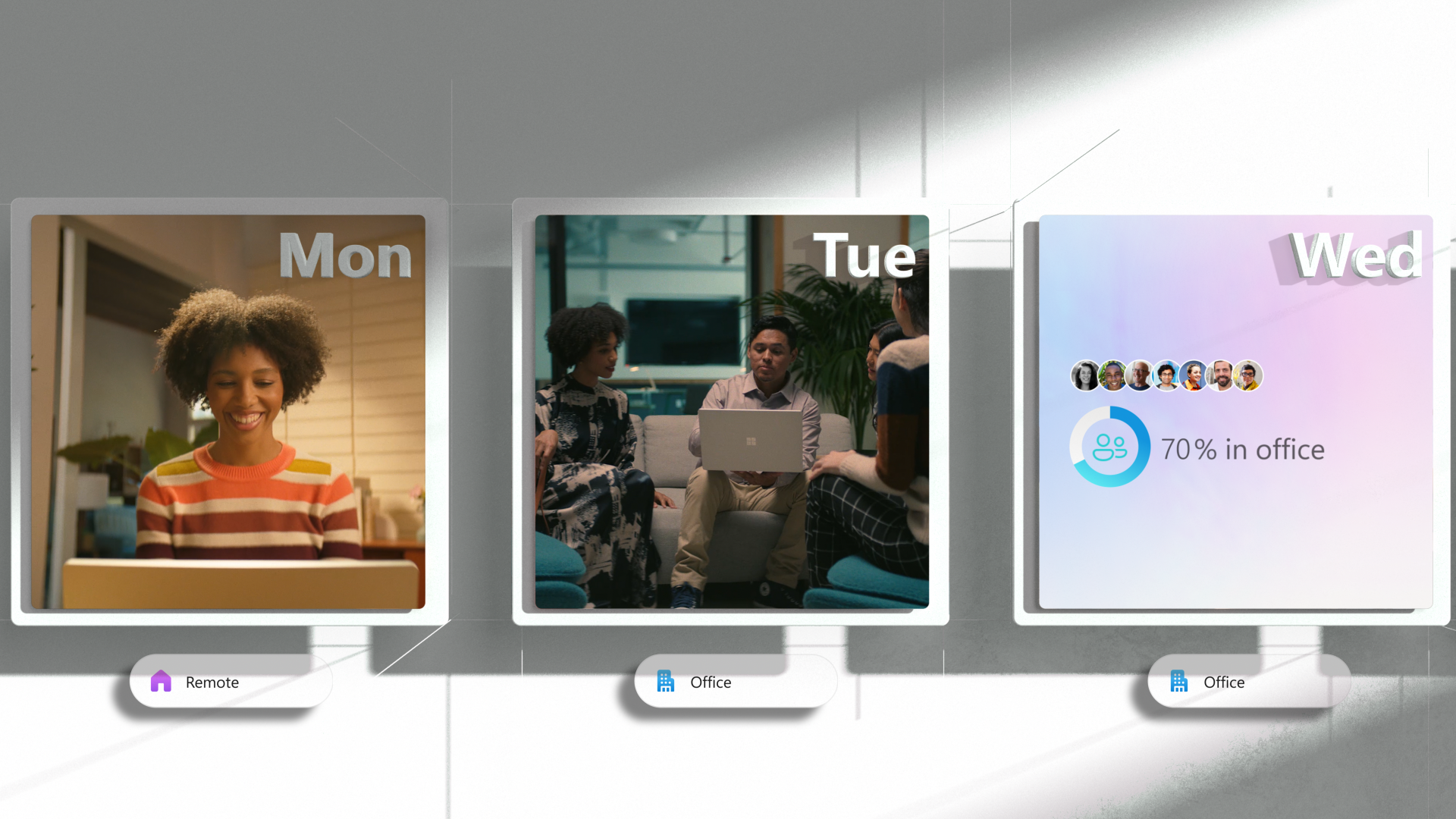 Microsoft launches Places, includes GPS-style navigation to help find meeting rooms
Microsoft launches Places, includes GPS-style navigation to help find meeting roomsNews The new app built specifically for organisations adopting a permanent hybrid work model brings new features to manage people and the workplace itself
By Connor Jones Published
-
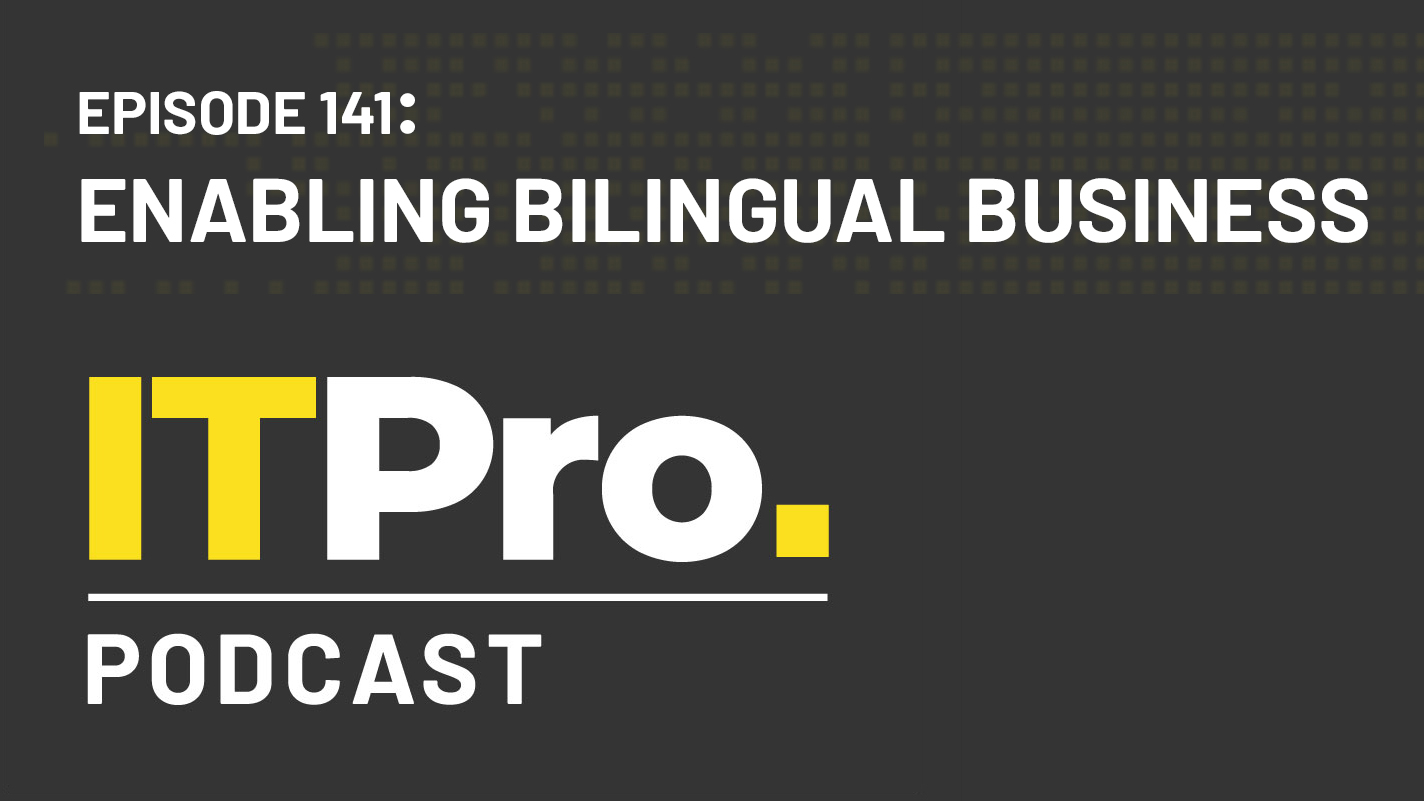 The IT Pro Podcast: Enabling bilingual business
The IT Pro Podcast: Enabling bilingual businessIT Pro Podcast How Wales is using digital tech to deliver a greater choice of languages
By IT Pro Published
-
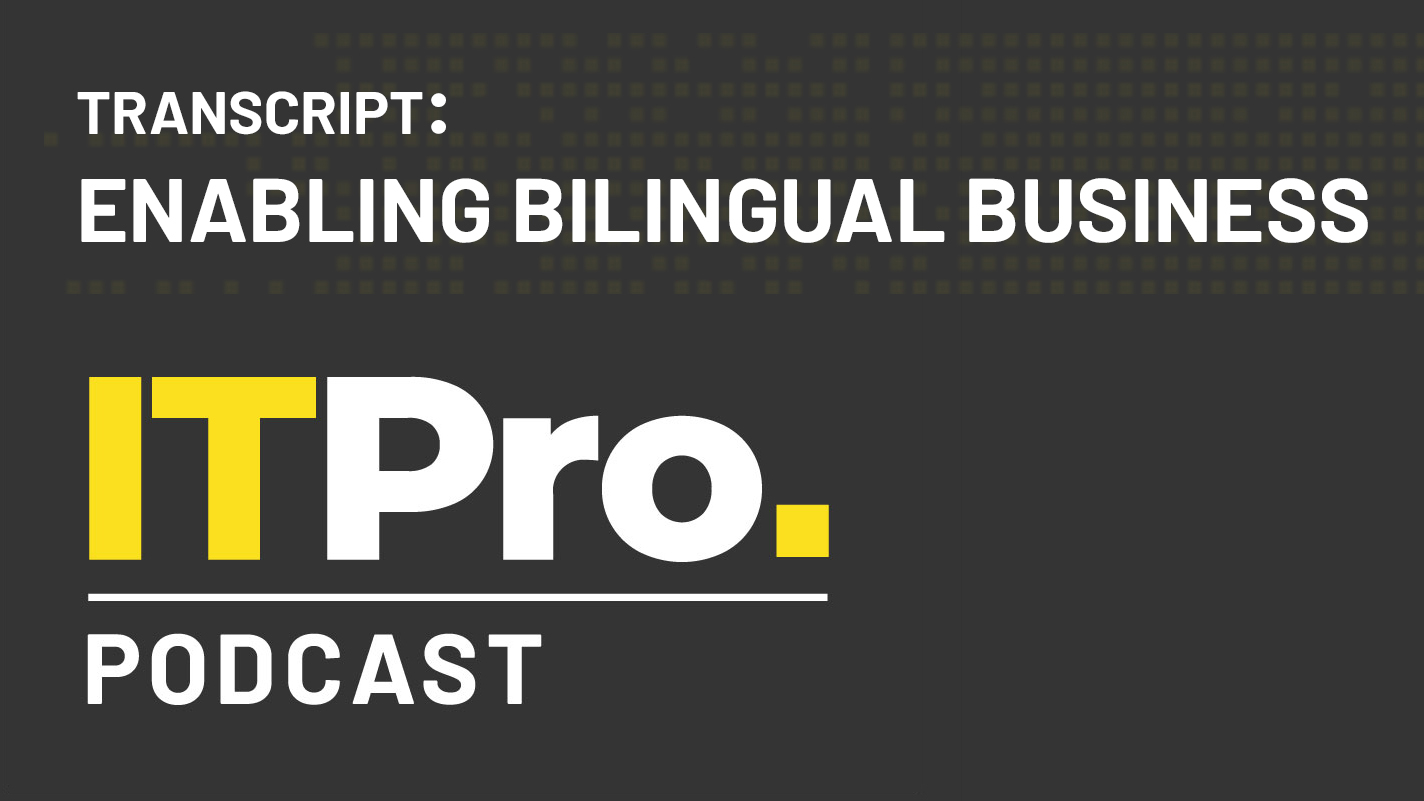 Podcast transcript: Enabling bilingual business
Podcast transcript: Enabling bilingual businessIT Pro Podcast Read the full transcript for this episode of the IT Pro Podcast
By IT Pro Published
-
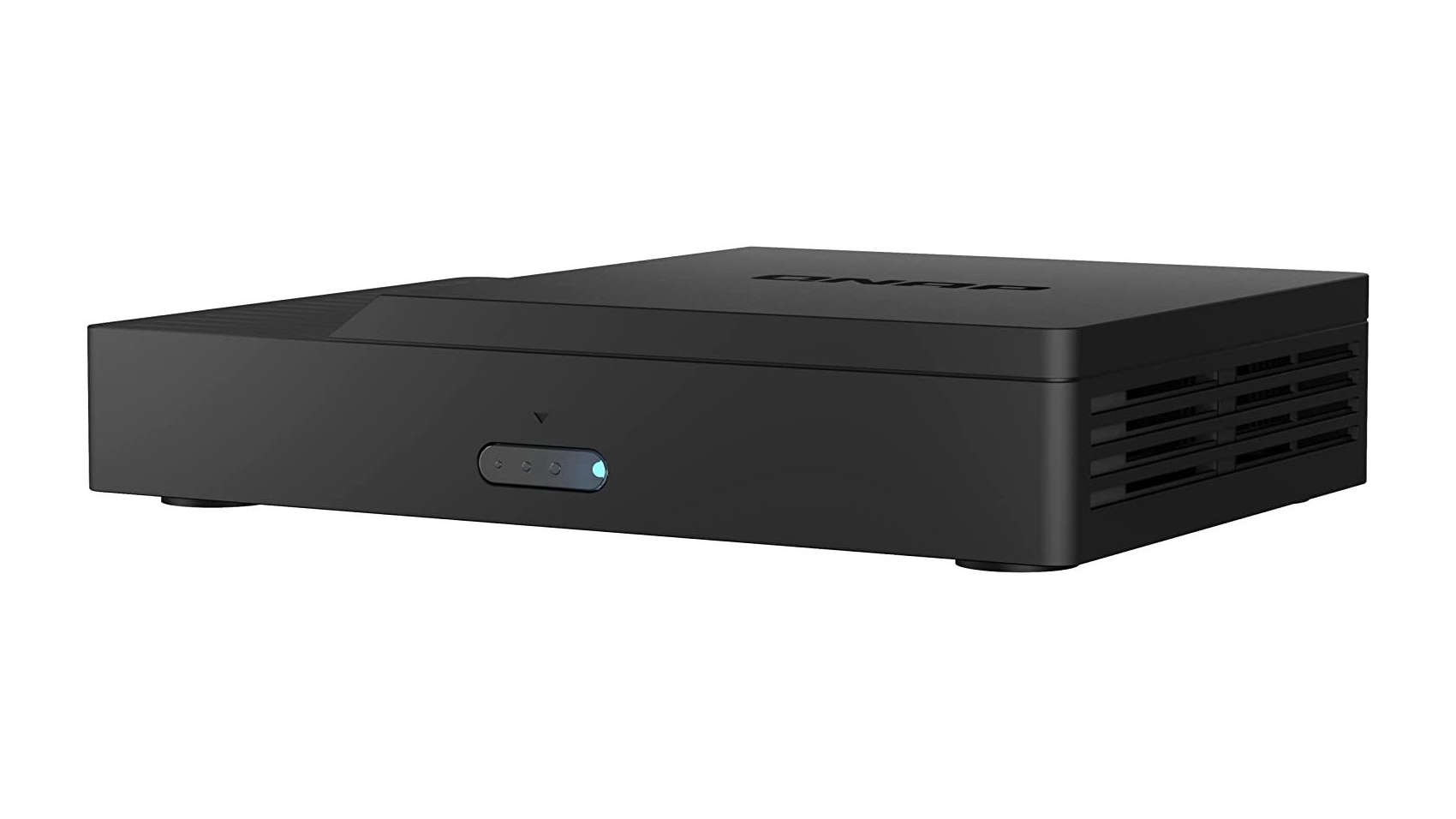
 Qnap KoiBox-100W review: An intriguing alternative
Qnap KoiBox-100W review: An intriguing alternativeReviews A versatile and affordable videoconferencing solution with great wireless screen presentation features
By Dave Mitchell Published